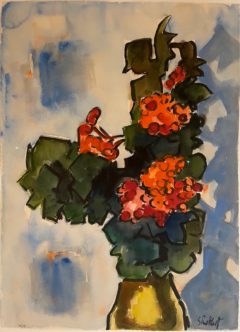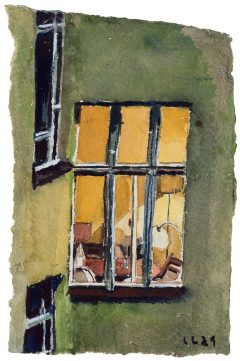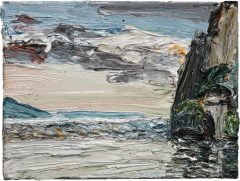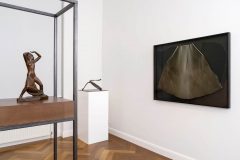Louise Nevelson
Louise Nevelson (1899-1988) ranks among the most influential artists of American post-war modernism. With her often monumental assemblages made from found wood, she developed a distinctive visual language that is both rigorous and poetic. Her works – frequently referred to as “Black Walls” due to their deep monochrome surfaces – evoke architectural structures while radiating a mysterious, almost ritualistic presence. The uniform coloration lends them a sense of timeless cohesion. For Nevelson, black was not a negation of color but, as she put it, “the most complete color that encompasses all colors.” Born in 1899 in what is now Ukraine, Nevelson emigrated to the United States as a child with her family. After studying with Hans Hofmann in New York and Munich and spending time in Mexico, where she worked with Diego Rivera, she began developing her own artistic vocabulary in the 1940s. Her breakthrough came in the late 1950s – at a time when the art world was largely dominated by male protagonists of Abstract Expressionism. Today, Nevelson’s work is represented in the world’s leading museums, including MoMA and the Whitney Museum in New York, Tate Modern in London, and Centre Pompidou in Paris. She remains one of the few female artists of the 20th century to have achieved lasting international acclaim. Her work, though never explicitly aligned with feminist concerns, is today often viewed through the lens of feminist art history as a groundbreaking artistic position.
- Prices include German VAT. Exclusive of shipping costs for delivery to the European Union. All prices are subject to change and availability. Change region and currency




